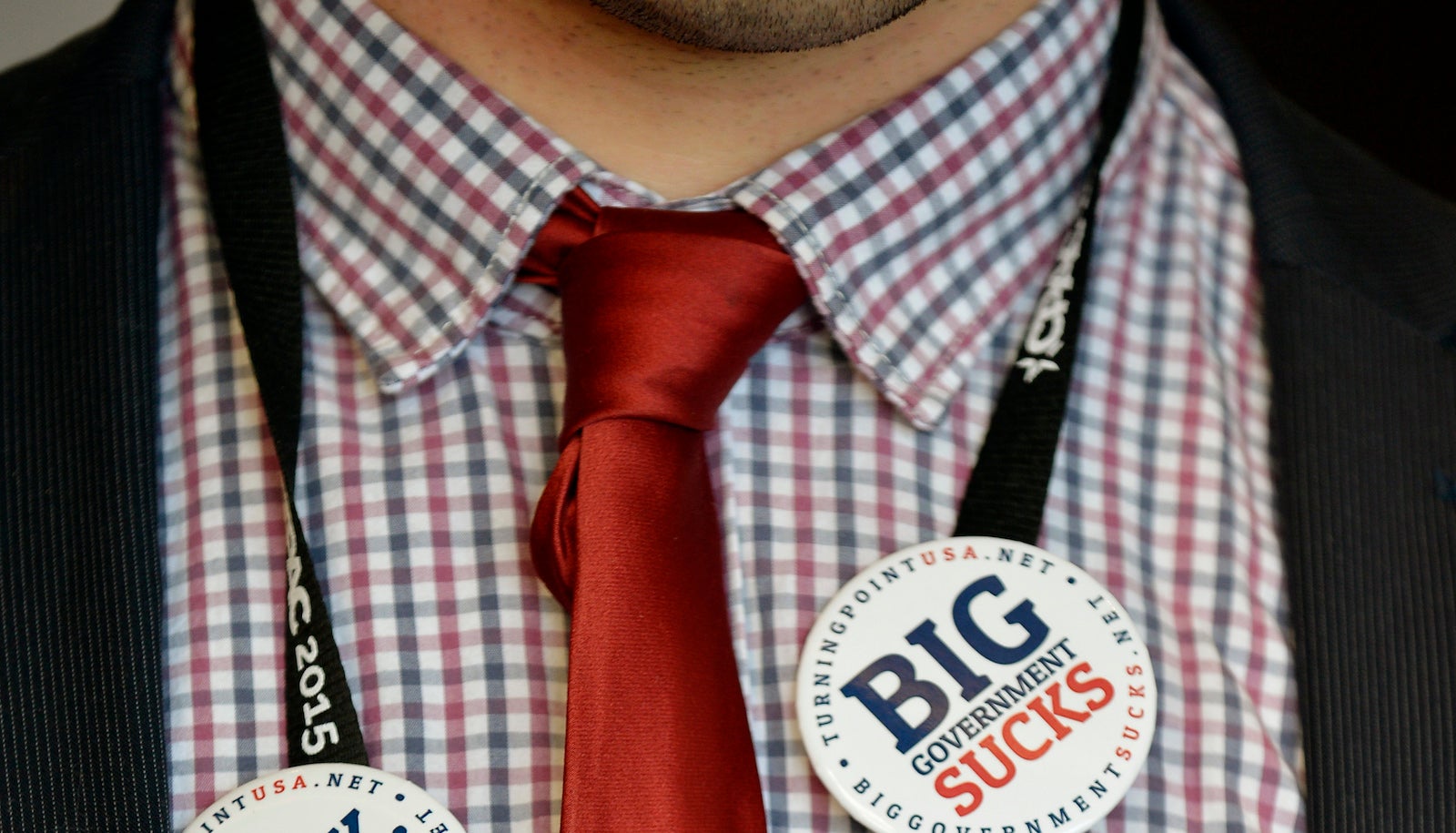America’s Tea Party movement has officially peaked
The Tea Party—the hodgepodge of conservatives within the US Republican Party who favor lower taxes, lower national debt, and the notion that government power should be curbed as much as possible—is starting to sputter out.


The Tea Party—the hodgepodge of conservatives within the US Republican Party who favor lower taxes, lower national debt, and the notion that government power should be curbed as much as possible—is starting to sputter out.
After a very vocal start in 2009, the political group is undergoing a steep decline in popularity, according to the Public Religion Research Institute (PRRI), a nonprofit that tracks trends in public opinion through its annual American Values Survey.
In the survey’s most recent iteration, released Nov. 17 and comprising a broad sample of 2,695 people across the country, the PRRI found that the proportion of Americans identifying with the Tea Party movement is currently a measly 6%. Five years ago, the figure was nearly twice that: 11%.
Among Republicans specifically, Tea Party affiliation has fallen from 22% to 2010 to 14% today.
Outside perceptions of the Tea Party have also taken a tumble.
Recent Gallup polls, among others, also show a clear decline in Tea Party popularity. But why is the party suddenly falling out of favor?
Some suggest the Tea Party’s particular brand of grassroots outrage is simply not sustainable over a long period of time. But perhaps the Tea Party is simply rebranding itself to enter the mainstream of the larger Republican Party, even while touting the same old views. Theda Skocpol, a Harvard government professor and co-author of a book on the Tea Party, warned Bloomberg last week: “Do not get hung up on labels. What used to be the Tea Party is now the GOP.”